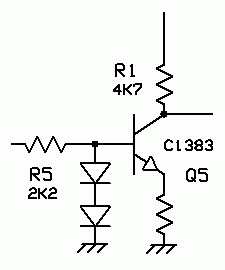xyz9915
Member level 4
h bridge circuit
Hi! The attached file is a schematic of 50 Hz H-Bridge which I want Ito use in the final stage of an inverter. In this respect please help me either any modification in the circuit is required? the power of inverter is 500 Watts.
Hi! The attached file is a schematic of 50 Hz H-Bridge which I want Ito use in the final stage of an inverter. In this respect please help me either any modification in the circuit is required? the power of inverter is 500 Watts.
